Crown Jewels Of The United Kingdom (Great Britain)
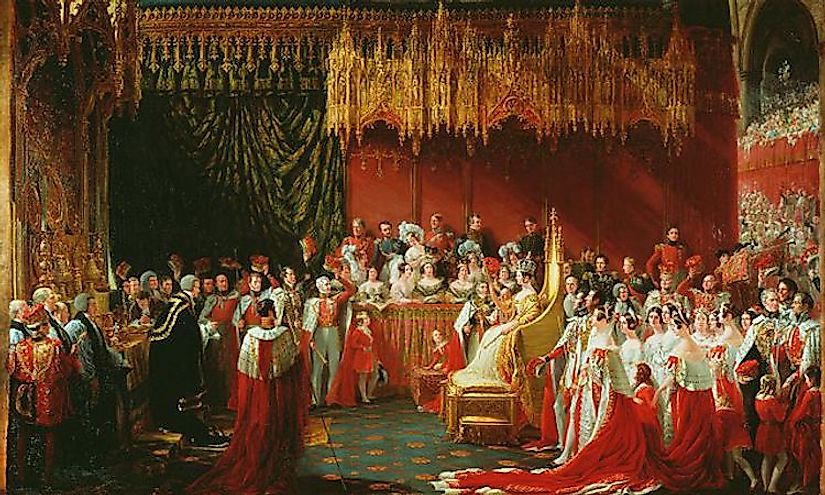
10. History of the Crown Jewels
The United Kingdom's Crown Jewels are made up of 141 historic objects that represent the monarchy. Kings and queens have been using some of these priceless ceremonial pieces in coronations, processionals, christenings, weddings, and other ceremonies for hundreds of years. Below is a look at some of the most important Crown Jewels.
9. Crowns and Coronets
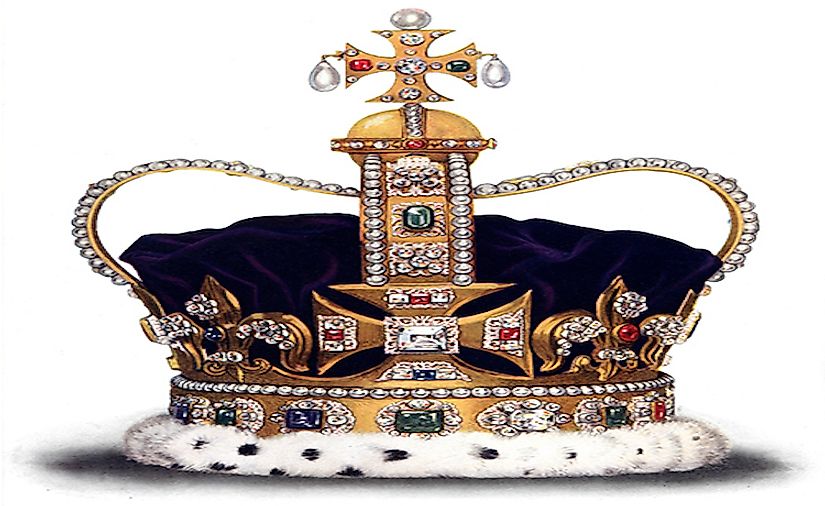
Various crowns and coronets made up the Crown Jewel collection. Some are used by every monarch, others have been designed for specific kings and queens. The oldest of these is St. Edward’s crown, made in 1661. Monarchs wore this crown for the royal coronations ceremony until 1689 when they opted for a lighter crown. The St. Edward’s Crown carries 444 precious and semi-precious stones and weighs 5 pounds.
8. Robes
Two of the most important robes included in the Crown Jewels collection are the Imperial Mantle, made for George IV in 1821, and the Supertunica made for George V in 1911. Both robes are made of gold thread and weigh 22 pounds together. The Supertunica is ankle-length with wide arms and is one of the several robes worn during the coronation ceremonies.
7. Swords, Scepters, and Walking Sticks
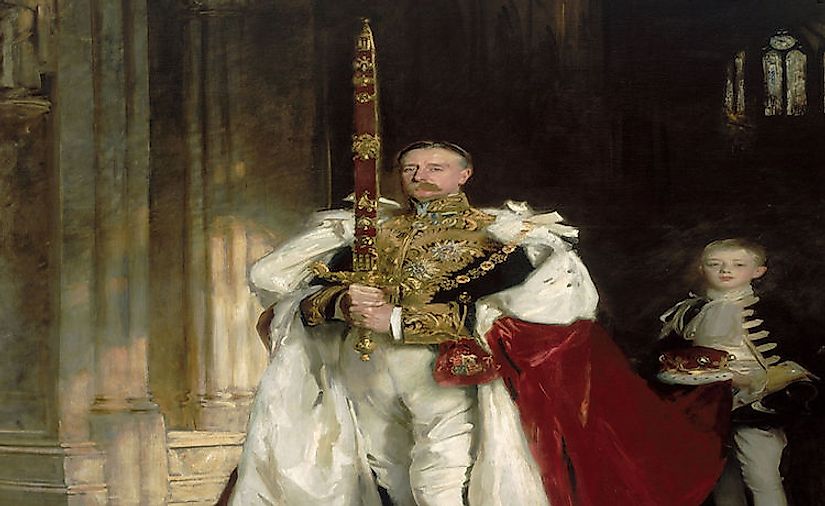
The Crown Jewels include 6 different swords, 5 made during the 1600’s and 1 made in 1820. The most important of these is the Sword of State, made in 1678, which represents the royal authority. The sheath of this royal sword is covered in red velvet, and the handle depicts the Unicorn of Scotland and the Lion of England. It is placed on a table in St. Edward’s Chapel during coronations.
There are 4 scepters used during coronation, 2 by the king and 2 by the queen. The most ornate of these is the Sovereign’s Scepter with Cross. This scepter measures 3 feet and weighs 3 pounds. It is encrusted with 333 diamonds, 31 rubies, 15 emeralds, 7 sapphires, 6 spinels, and 1 composite amethyst.
St. Edward’s Staff is the only walking stick in the collection. It was made of gold in 1661. Today, it rests on the altar during coronation ceremonies.
6. Ampulla and Coronation Spoon
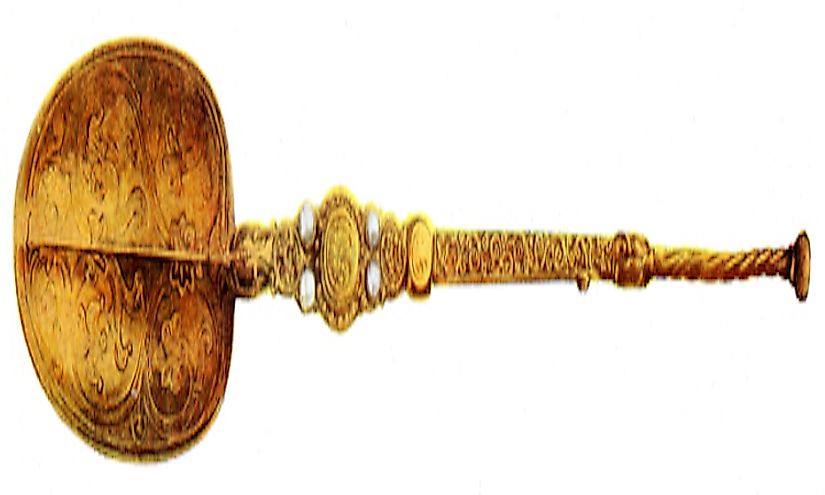
The ampulla and coronation spoon are used during the anointing ceremony of coronation. The ampulla is a gold container shaped like an eagle with open wings. It carries the anointing oil which is poured into a silver-gilt spoon that holds 4 small pearls.
5. Maces
Maces were once used as weapons although now they are important ceremonial objects. The House of Commons and the House of Lords use a mace during administrative operations unless the monarch is present. In total, there are 13 silver-gilt maces in the collection.
4. Altar Plates and Banqueting Plates
There are 32 altar plates and 35 banqueting, and domestic plates included in the Crown Jewels. The most memorable altar plate weighs 29 pounds and depicts several Bible scenes. It is exhibited on the altar during coronation ceremonies.
3. Koh-i-Noor Diamond
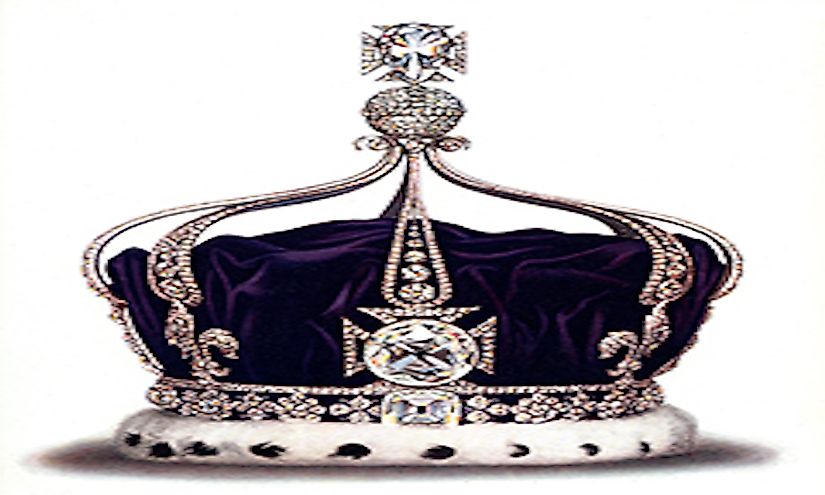
The Koh-i-Noor diamond has been set in the Queen Mother’s Crown since 1937 which is now stored in the Tower of London. It was used in several previous crowns. The uncut diamond originally weighed 793 karats. Today, it weighs 105.6 karats. Interestingly, only women in the royal family have ever used the gem.
2. Christening Fonts
Christening fonts are the basins that hold the water used in christening fonts. The most well-known of these is the silver-gilt Lily Font which has been used in several British Royal Family christenings. It has been used for the baptism of all of children and grandchildren of Queen Elizabeth II, with the exception of Princess Eugenie of York.
1. Public Display and Legacy
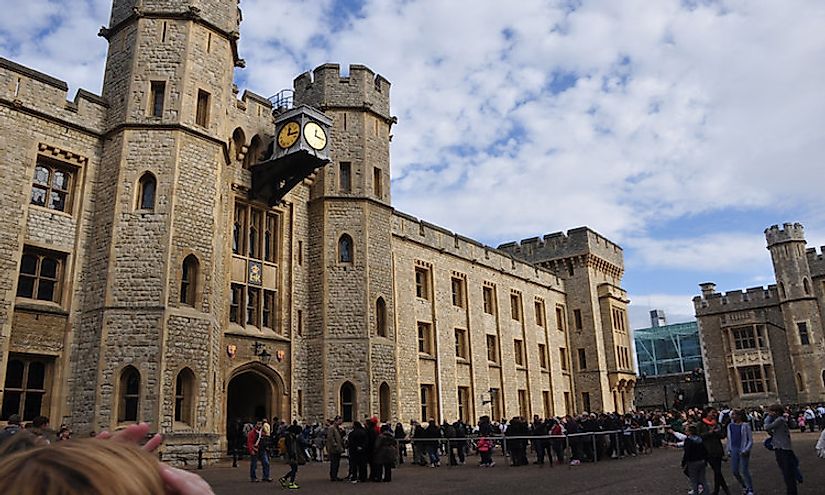
The jewels are on public display, when not being used, in the Jewel House, a vault in the Tower of London. Approximately 2.5 million visitors come to see them every year. The Crown Jewels represent thousands of years of the monarchy tradition and will continue to be passed down and used by the future monarchs.







